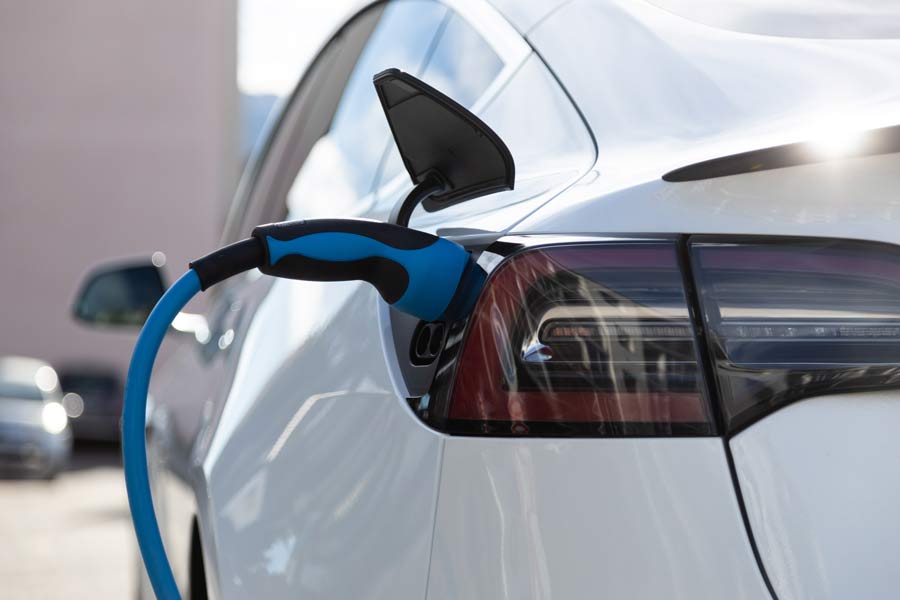As Canada aims to phase out new gas-powered vehicles by 2035, the path to achieving this rather lofty goal is full of challenges. Automakers, government officials, and consumers all play critical roles in this transition to a greener future, but several obstacles must be overcome to get there.
Consumer Demand: A Lingering Question
One of the main concerns automakers like Toyota and Honda have is whether there will be enough consumer demand for EVs to meet the government's target. Despite increasing interest in EVs, significant barriers still prevent widespread consumer adoption.
Affordability: The average price of a new battery electric vehicle in Canada is around $73,000, which is higher than the average new vehicle price of $66,000. While government incentives, like the $5,000 rebate for zero-emissions vehicles, help reduce costs, they may not be enough to make EVs affordable for everyone.
Range and Performance: EVs need to meet the range and performance needs of consumers, especially in a country known for its long distances and cold winters. Lithium-ion batteries can lose over 20% of their range in freezing temperatures, raising concerns about reliability. Automakers are working on these issues, but there's still progress to be made.
Infrastructure: The Backbone of EV Adoption
A strong charging infrastructure is crucial for the widespread adoption of EVs. Canada plans to have 84,500 chargers and 45 hydrogen stations by 2029 but estimates suggest that around 200,000 public chargers will be needed by 2035. The government's Zero Emission Vehicle Infrastructure Program is a good start, but private sector investment will also be essential.
Range Anxiety: The fear of running out of charge without access to a charging station remains a significant deterrent for potential EV buyers. Expanding the network of reliable and fast chargers is critical to easing these concerns and building consumer confidence.
Industry Commitment: A Balancing Act
Despite the challenges, automakers are investing heavily in EV manufacturing and technology. Honda, for example, is expanding its operations in Alliston, Ontario, to produce hybrid and electric vehicles. These efforts aim to bridge the gap between current market conditions and future targets.
Hybrid Solutions: Hybrid vehicles offer a transitional solution for consumers hesitant to go fully electric. However, they do not count toward zero-emission targets unless they are plug-in hybrids used in electric mode. Additionally, the dual engine systems required tend to weigh heavily on whether or not purchasing a hybrid is worth the potential maintenance costs.
The Road Ahead
Dealerships can streamline operations and deliver a superior customer experience. From lightning-fast deal creation to real-time inventory updates and automated order processing, Autovance and Accessible Accessories allow dealerships to stay agile, responsive, and competitive. With these integrations, dealerships ensure that every customer enjoys a seamless and hassle-free buying journey from start to finish.
For dealerships, staying informed about these developments and preparing to meet evolving consumer demands will be key to thriving when the market continues to shift in response to constant change. By embracing innovation and working collaboratively with automakers and policymakers, dealerships can play a key role in driving the EV transition across Canada.



